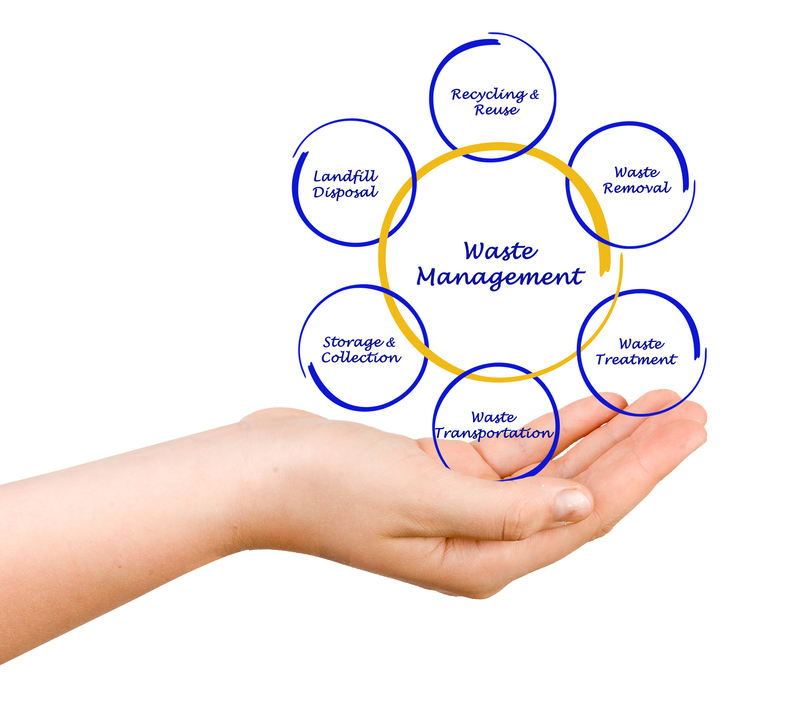In our tech-driven world, electronic devices have become integral to our daily lives. From smartphones to laptops, these gadgets enhance our productivity and connectivity. However, an often-overlooked aspect is the environmental impact of the ever-growing mountain of electronic waste, or e-waste. This article delves into the significance of recycling e-waste, not only as a means of waste management but as an essential step toward fostering a greener future.
Understanding E-Waste and Its Impact
Electronic waste encompasses a wide range of discarded electronic devices and components. It includes obsolete gadgets, broken devices, and parts that are no longer in use. The rapid pace of technological advancements leads to frequent upgrades, generating more e-waste annually.

The Environmental Consequences of E-Waste Disposal
When improperly disposed of, e-waste poses significant environmental risks. Here are some of the reasons why:
- Hazardous Materials: Electronics contain toxic substances like lead, mercury, and cadmium, which can seep into the soil and water, contaminating ecosystems.
- Air Pollution: Incinerating e-waste releases harmful chemicals into the air, contributing to pollution and respiratory issues.
- Resource Waste: Many electronic devices contain valuable materials such as gold, silver, and copper, wasting these resources if not recycled.
The Importance of Recycling E-Waste
Recycling e-waste is a crucial step toward minimizing environmental harm and optimizing resource use. By recycling, we can transform waste into valuable resources, thus contributing to a circular economy.
Benefits of E-Waste Recycling
Here are some substantial benefits of recycling e-waste:
- Resource Conservation: Recycling allows for the recovery and reuse of valuable materials, reducing the need to mine for new resources.
- Energy Savings: Utilizing recycled metals saves significant amounts of energy compared to extracting and processing raw materials.
- Reduction of Toxic Waste: Proper e-waste recycling prevents hazardous substances from polluting the air, water, and soil.
- Job Creation: The recycling industry provides numerous job opportunities, contributing to economic growth.
How E-Waste Recycling Works
The process of recycling e-waste is a multi-step procedure that involves several stages:
- Collection: Gathering electronic waste from various sources, including households, businesses, and electronic retail stores.
- Sorting and Dismantling: E-waste is sorted into categories, and devices are dismantled to separate different components.
- Data Destruction: Ensuring any personal data stored on devices is securely destroyed to maintain privacy.
- Refining and Recovery: Extracting precious metals and other valuable materials through advanced recycling processes.
- Resale and Reuse: Functioning parts and devices are refurbished and resold, extending their lifecycle.

Challenges in E-Waste Recycling
While the benefits are evident, several challenges hinder the effective recycling of e-waste:
- Lack of Awareness: Many people are unaware of e-waste recycling options and the environmental impact of improper disposal.
- Insufficient Infrastructure: Not all regions have the necessary recycling facilities and systems in place.
- Economic Barriers: Recycling can be costly, and limited funding options can impede the process.
- Complexity of Devices: Modern electronics, with intricate designs and mixed materials, pose challenges for efficient recycling.
Overcoming E-Waste Recycling Challenges
To address these challenges, a collaborative approach involving policymakers, manufacturers, and consumers is essential:
- Policy and Legislation: Governments can enforce stricter regulations to ensure proper e-waste management and recycling.
- Producer Responsibility: Manufacturers should be accountable for the lifecycle of their products, including end-of-life disposal.
- Consumer Awareness: Educating the public about the importance of recycling e-waste and available options can increase participation.
- Investment in Infrastructure: Establishing more recycling facilities and improving logistical systems will facilitate efficient e-waste management.
Conclusion: A Greener Tomorrow Through E-Waste Recycling
As electronic waste continues to grow, embracing e-waste recycling becomes ever more critical. By diverting e-waste from landfills and harnessing it as a valuable resource, we take a bold step toward a sustainable and environmentally friendly future. It is a shared responsibility that requires the participation and cooperation of individuals, industries, and governments alike. Together, through informed actions and initiatives, we can transform the e-waste challenge into an opportunity for a greener tomorrow. Investing in e-waste recycling today paves the way for a cleaner, more sustainable planet for future generations.